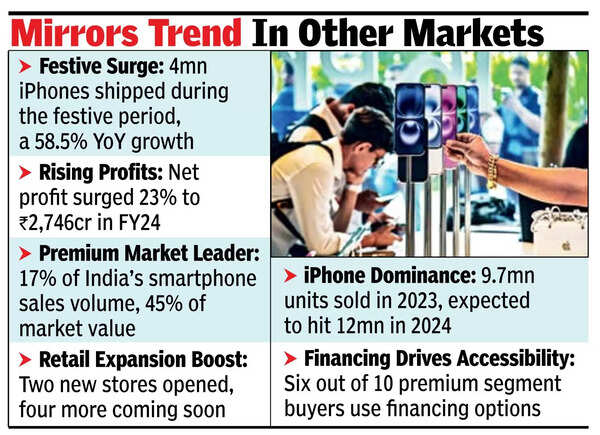Apple Hits All-Time High Gross Margin in Services Division
### Apple’s Q2 2025 Earnings: An In-Depth Look at Services Expansion and Market Obstacles
Apple Inc. has recently disclosed its quarterly earnings for Q2 2025, showcasing a robust performance that has drawn the interest of investors and analysts. Among the standout features of the report was the stellar gross margin in the services segment, which achieved a record high of **75.7%**. This impressive figure comes from costs amounting to $6.46 billion against revenues of $26.64 billion, highlighting the profitability inherent in Apple’s services branch.
#### The Services Segment: A Revenue Juggernaut
Apple’s services encompass a broad spectrum of offerings, such as iCloud, Apple Music, Apple TV+, AppleCare, and more. A considerable share of this revenue is generated through the App Store, where Apple collects a commission of 15-30% on in-app transaction and subscription fees. This particular aspect of the business has faced criticism from rivals like Spotify and Epic Games, who refer to it as the “Apple tax,” claiming it represents an exploitation of Apple’s dominance in software distribution on the iPhone.
In spite of the backlash, Apple continues to highlight the favorable effects of its services on consumers’ everyday activities. CEO Tim Cook emphasized how Apple services enhance user experiences, from morning podcasts to evening fitness routines with Fitness+. He also noted the accomplishments of Apple TV+, which has received over 2,500 award nominations and boasts 560 wins, reinforcing its status as a significant contender in the streaming arena.
#### Hardware vs. Services: A Comparative Overview
While Apple’s services division flourishes, the hardware segment, which includes the iPhone, iPad, and Mac, reported a gross margin of **35.9%**. This figure was below analyst expectations, which had predicted a margin of approximately 36.6%. The overall company gross margin was logged at **47.1%**, illustrating the disparity in profitability between services and hardware.
The revenue from services has demonstrated impressive resilience over the past decade, with an **11.6%** increase year-over-year. This growth has allowed services to outpace all of Apple’s hardware products in revenue, with the exception of the iPhone. While hardware sales appear to have leveled off, the services division continues to grow, suggesting a shift in Apple’s business model towards ongoing revenue streams.
#### Challenges Ahead: Regulatory Examination and Market Forces
Despite the positive trajectory in services, investors are increasingly concerned about the sustainability of this growth. Regulatory scrutiny is escalating, particularly with the enforcement of the Digital Markets Act in the European Union and the forthcoming Department of Justice case in the United States. These regulations aim to limit monopolistic behavior in the tech sector, which could affect Apple’s capability to sustain its current pricing strategies and revenue frameworks.
Recent court decisions, such as the ruling in favor of Epic Games, have also raised uncertainties regarding the future of Apple’s App Store policies. As competitors persist in challenging Apple’s business practices, the company may encounter heightened pressure to adjust its strategies.
#### Conclusion: A Balancing Challenge for Apple
Apple’s Q2 2025 earnings report reveals a company at a pivotal moment, balancing impressive growth in its services sector against the hurdles of regulatory examination and competitive pressures. As the technology landscape shifts, Apple must navigate these challenges while continuing to innovate and deliver value to its users. The forthcoming quarters will be vital in assessing whether the company can maintain its growth trajectory in the services arena while addressing the concerns raised by regulators and competitors.
Read More




